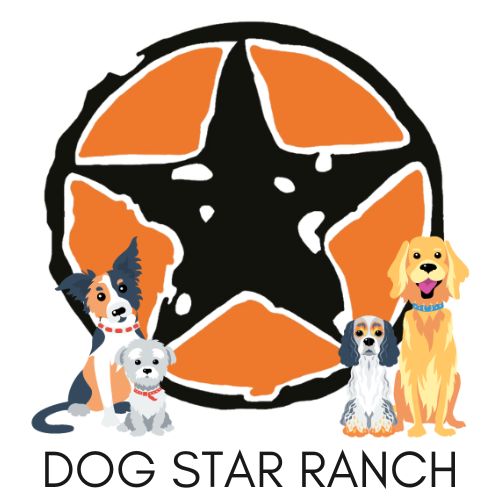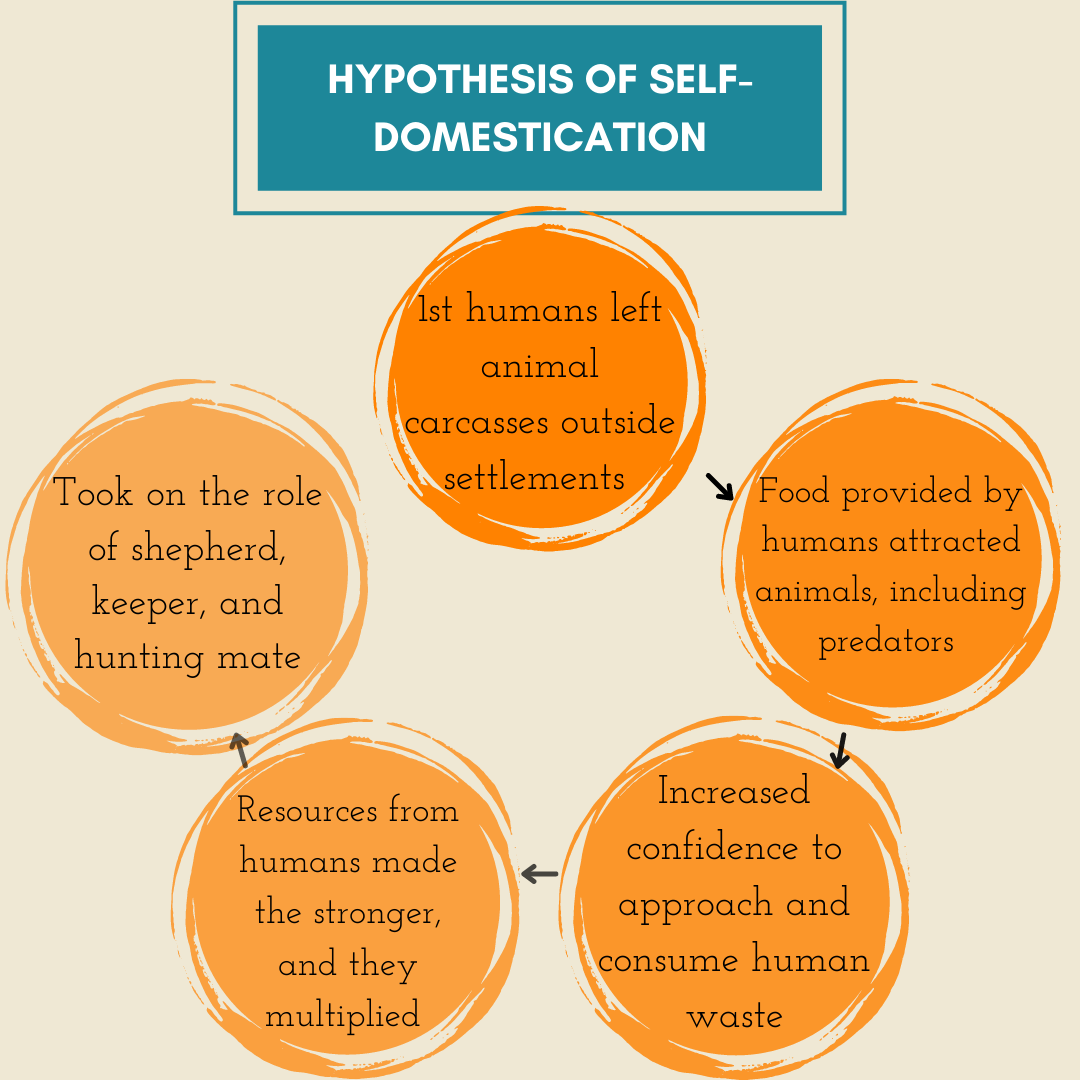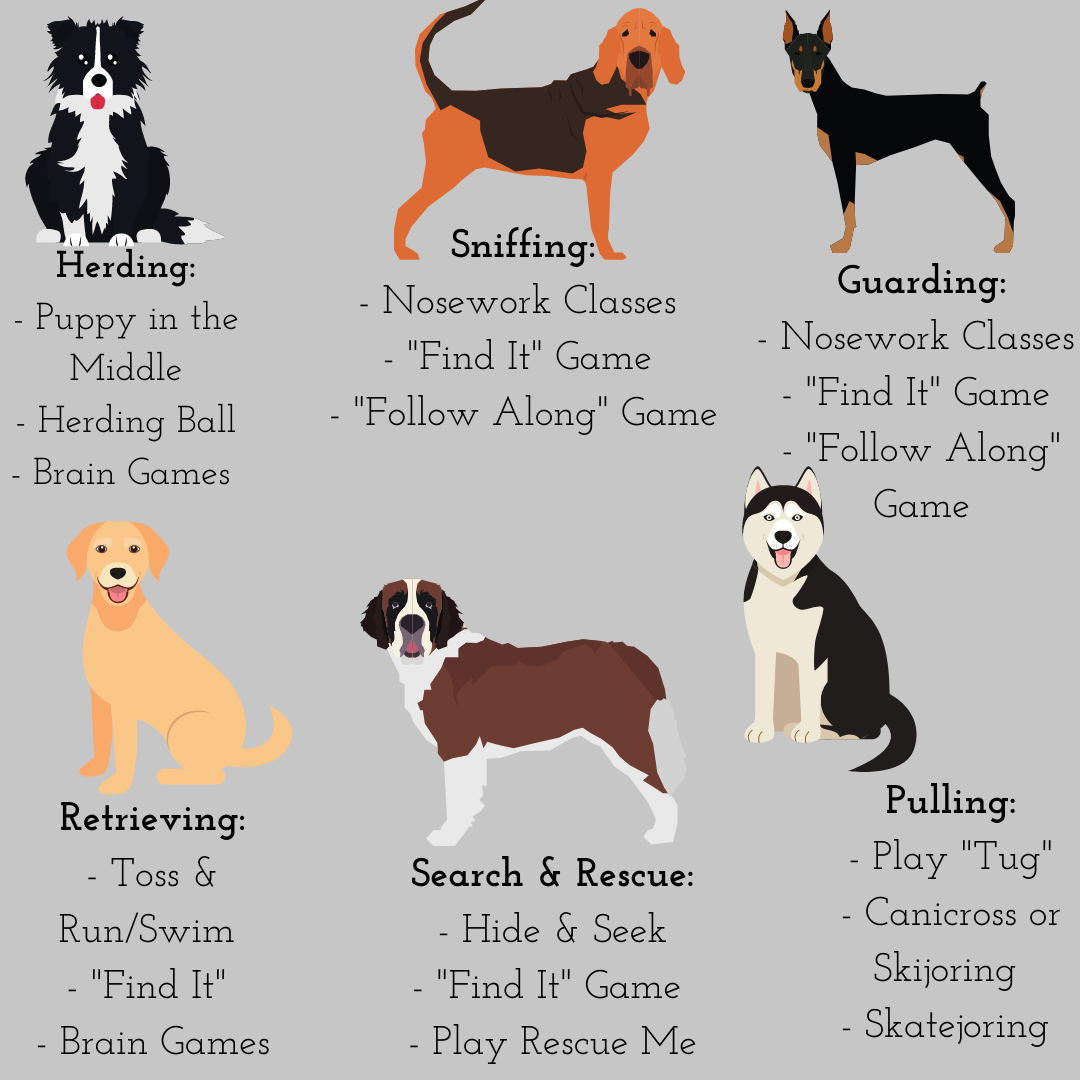A Dog’s Purpose
No, this isn’t a review on the book (or movie)! This is about our canine companions, the evolution of their purpose, and how that purpose is still ingrained into working breeds brains.
So, let’s go back to the beginning (or where we think it began)…
If there is one thing that scientific studies can agree on it is that all dogs descended from wolves; yes, even your little Chihuahua. Any scientific study that you look at (and there are plenty), hypothesizes that the wolves and dogs that we know today seem to have evolved from an extinct breed of wolf species some 15,000-40,000 years ago, and through the mysteries of evolution we’ve landed at over 300 different breeds of dogs. Science, it’s crazy!
How many breeds do you recognize?
A. St. Bernard B. Greyhound C. Bernese Mountain Dog D. Alaskan Malamute E. Pointer F. Yorkshire Terrier G. Dalmatian H. Dachshund I. Golden Retriever J. Pomeranian K. Beagle L. Pug M. German Shepherd N. Basset Hound O. Cocker Spaniel P. Collie Q. Old English Sheepdog R. Setter
So we have a general idea of the when, but what about who, where, and how? Well, it’s hard to pinpoint exactly where, or even how for that matte. Some scientists claim that it the first domestication took place in Eastern Asia while others claim that it happened in Europe.
But how? Were they captured as pups by hunter and gatherers? Did we domesticate them or did they domesticate themselves? Were they domesticated more than once? These are all excellent questions that still don’t have a scientific answer. The theory developed by scientist Francis Galton was that man took wolf back to camp and raised it as friend, and until recently it was strongly believed by the scientific community. However, the idea of self-domestication weakened this theory!
Wolf becoming man’s best friend? I think not! No, man became wolf’s best friend. Instead of survival of the fittest, it became survival of the friendliest.
When humans started to settle in one place, their human waste would have attracted animals, including predators like wolves. The concept of “flight distance” comes into play here. “Flight distance” refers to how close an animal will allow humans to get before they run away.
The shorter the flight distance = the longer they linger and are willing to feed with humans close by = behavior trait passed to the next generation
This scientific theory holds for a couple of reasons. When comparing skeletons of dogs and wolves from all around the world, scientists from the University of Aberdeen in Scotland found credible evidence to back this theory, such as:
Flattening of the tips of dorsal vertebrae of ancient dogs, which would have resulted from them being used to transport things on their backs
Skeletons also showed missing pairs of molars in the lower jaw, possible indicating wolf-dog’s wore bridles for towing
The idea of wolves domesticating themselves for survival makes sense, especially based on the history that we as humans have in regards to wiping out wolf species, but we can get into that another time!
So although the origin story between human and dog is a blurry one, one thing rings true: the first dogs worked for us. Really we worked with each other, and still do today, for hunting, herding, and protecting.
Working - Initially bred to perform practical duties: Alaskan Malamutes, Siberian Huskies, Saint Bernards, Great Pyrenees, Newfoundlands, etc.
Herding - Bred to herd livestock: Cattle Dogs, Australian Shepherds, Border Collies, Old English Sheepdogs, German Shepherds, etc.
Toy - Dogs that are small is stature and perfect for laps: Chihuahuas, Pomeranians, Cavalier King Charles Spaniels, Maltese, Pugs, Yorkshire Terriers etc.
Hound - Bred for hunting: Basset Hounds, Bloodhounds, Irish Wolfhounds, Dachshunds, Greyhounds, Rhodesian Ridgebacks, etc.
Sporting - Bred to assist hunters in retrieving game: Cocker Spaniels, German Shorthaired Pointers, Golden Retrievers, Chesapeake Bay Retrievers, English Setters, etc.
Non-Sporting - Catch-all group for dogs that don’t fit in a group: Dalmatians, Chow Chows, Poodles, etc.
Terrier - Initially bred to kill vermin: Airedale Terriers, Jack Russell Terriers, Rat Terriers, Scottish Terriers, etc.
No work and no play makes Spot a bored boy.
What makes a dog a working breed? If they were bred specifically for their physical and mental ability to assist humans with certain tasks, like: guarding, pulling, water and land rescue, and police and military work.
Most of the working breeds that we see come through Dog Star Ranch are just beloved furry family members, but that doesn’t mean that they aren’t going to display that internal instinct to work. And when they aren’t given that work, they might resort to destructive behaviors due to boredom.
All breeds, but especially working breeds, should have a “job” that will provide them with physical and mental stimulation. When given both mental and physical stimulation through a job, you are curing the boredom and removing the temptation to engage in destructive behaviors.
Are you considering a working breed? What’s your lifestyle? Working breeds are active breeds and active breeds need activity.
They might enjoy long walks/hikes
They’ll make a great running partner
Enjoy doggie daycare
Socializing your working breed early and continuing it into adulthood will curb their instinct to have “stranger danger” (especially with working breeds commonly used for guarding/herding). Properly socializing your working breed will build their confidence and set them up for success when presented with new and difference situations.
All dogs require some form of structure/routine, but especially working breeds; they will thrive in it.
Working breeds are known to be: intelligent, headstrong, and independent. So, and we’ll say it again and again, training is a lifelong process! Their intelligence is going to require consistency, not only in their routine, but their canine education as well so start them off on the right paw with training classes and one-on-one sessions early and continue them throughout their lifetime
Just because you get a working breed to be a family dog doesn’t mean that they aren’t just going to not want to work. If you get a herding breed, they might try to herd the children. A working dog commonly used for guarding might channel that instinct to protect and become territorial.
So my dog needs a job? Yup, but it doesn’t have to be anything fancy. You don’t need to buy a bunch of sheep just so your Border Collie can herd. A job can be as simple as a fun game or special activity you do with them. Do your research. Know your breed and their needs and find activities that speak to them.
Examples of daily entertainment:
Carry a dog backpack
Give mentally stimulating toys, like food puzzles
Clean up - teach them to pick up their toys
It’s not fair to get annoyed that your herding breed is nipping at your heel or that your Husky is pulling. They are demonstrating their natural instinct and doing what they were bred to do. Yes, these behaviors can be frustrating but you made the choice to adopt or purchase a working breed, so it is your responsibility to give them a “job” and redirect that desire towards a more positive outlet. Take control of their natural instinct to work and redirect it to where you want it. You’ll have a much better relationship with your working breed when you give them what they need and what they desire, which is to work.
Working breeds make great family companions, there is no doubt about that! But just like with every breed, it is important to do your research and understand what type of dog you are inviting to join your family. Make sure that they fit your lifestyle and that you can accommodate their needs. The more you know and the better prepared you can be, the less likely you are to set yourself and your dog up for failure.
Do you have a working breed? What is something you wish you would have known beforehand? Expert in working breeds? What other advice do you have for someone interested in a working breed? We’d love to hear from you so please feel free to drop a comment below!





